Renovating your home can be a fulfilling project, full of the promise of a refreshed space and potentially increased property value. But not every renovation trend is a good investment. While some updates can boost your home’s appeal, others might actually sabotage your property’s worth. Here’s a rundown of 13 renovation trends that could do more harm than good.
1. Customized Kitchens
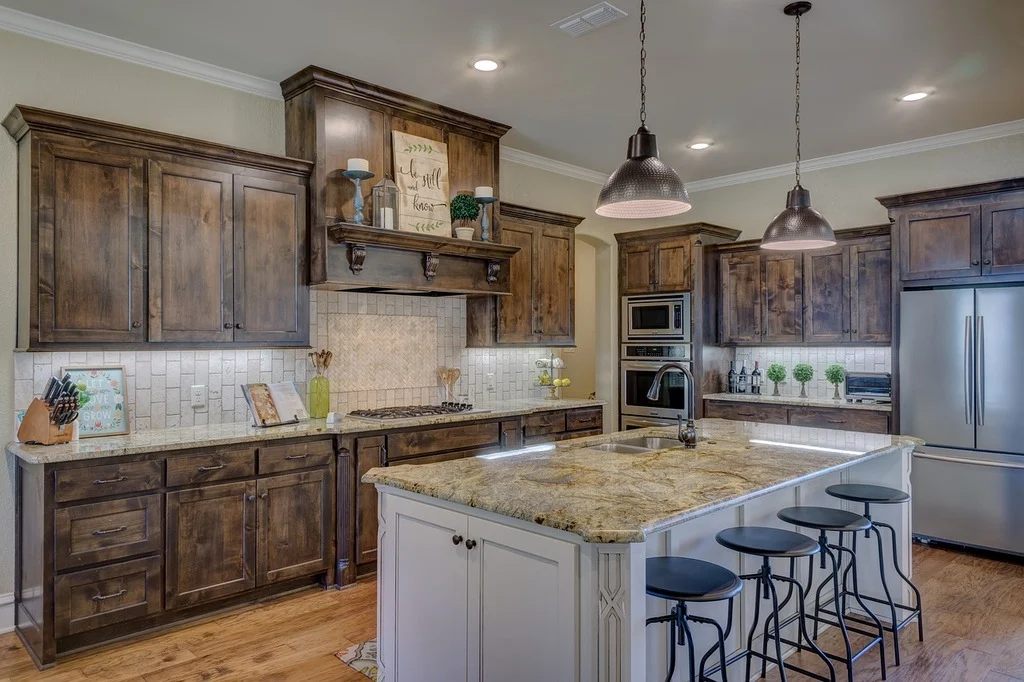
A state-of-the-art kitchen can be the heart of your home, but going overboard with customization might not be the best idea for maintaining resale value. You may love the idea of a Tuscan-inspired kitchen with elaborate tile patterns and a pizza oven, but potential buyers might not share your vision. According to a report from Remodeling Magazine, even ambitious kitchen remodels recoup only about 58% of their costs. It’s better to stick with neutral designs and reliable appliances that appeal to a wider audience. Keep your kitchen functional and inviting, not a niche art project.
In addition to the cost factor, unique or overly personal touches can make it difficult for potential buyers to envision themselves in the space. You might adore your custom pastel cabinets or quirky light fixtures, but these choices could deter others. It’s important to remember that you’re catering to future buyers as much as yourself. Simple, timeless upgrades like quality countertops or classic subway tiles are your safest bet. These options keep the kitchen sleek and adaptable to various styles.
2. Excessive Wallpaper
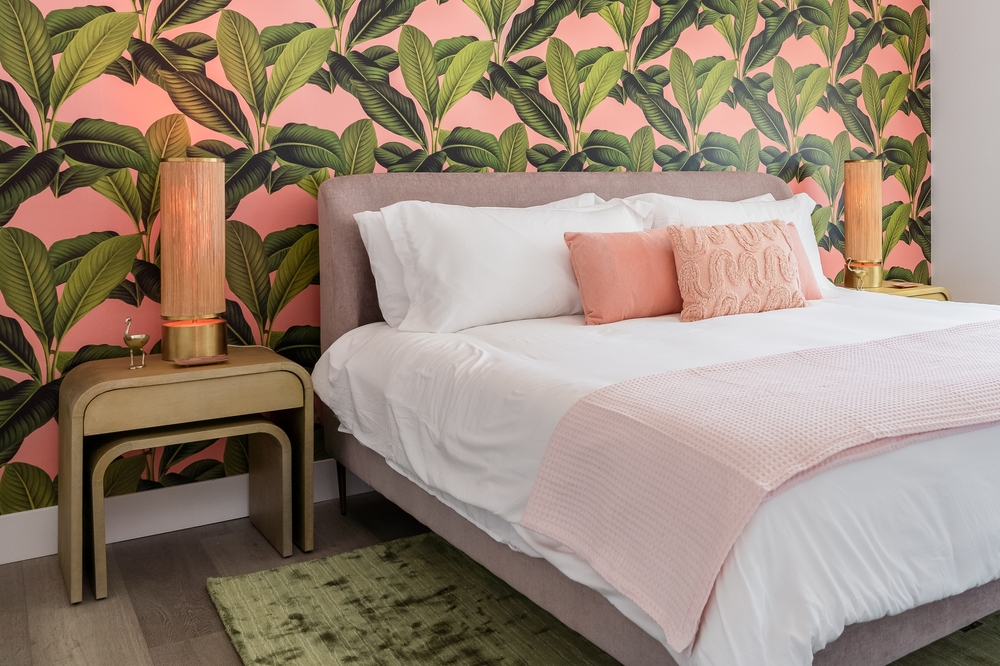
Wallpaper can add personality and charm to your home, but when it becomes too dominant, it can also become a deal-breaker. Bold patterns might be tempting, especially if you’re drawn to the latest trends, but remember that they can be polarizing. Not everyone shares your enthusiasm for floral murals or geometric designs. When every room is patterned to the nines, it can feel overwhelming and claustrophobic to potential buyers. Instead, consider using wallpaper sparingly or opting for paint, which is easier to update.
Removing wallpaper is a time-consuming and sometimes costly endeavor, which can turn off potential buyers. They might see it as a future renovation burden rather than a selling point. By sticking to neutral tones or minimal patterns, you create a canvas for future homeowners to make their own. You can also consider removable wallpaper, which offers the best of both worlds with its ease of removal and installation. This way, you leave the door open for your home to cater to a variety of tastes.
3. Lavish Bathrooms

Bathrooms are another area where people tend to go overboard with luxury upgrades. While you might dream of a spa-like sanctuary complete with a jacuzzi tub and heated floors, remember that these features often come with high maintenance costs and limited appeal. According to home renovation expert Bob Vila, excessive bathroom upgrades rarely yield a good return on investment. The key is to aim for practicality and elegance rather than extravagance. Simple upgrades like updated fixtures or a fresh coat of paint can make as much impact as costly additions.
A lavish bathroom might seem like a personal paradise, but it can be a nightmare for future buyers who don’t want to deal with the upkeep or added expense. Luxury features that are seldom used can be seen as wasteful rather than appealing. Focus on creating a clean, modern space with classic elements that won’t look dated in a few years. A walk-in shower with a timeless tile design is often more appealing than a massive tub. Remember, bathrooms should feel fresh and functional without feeling fussy.
4. Converted Bedrooms

Transforming a bedroom into a walk-in closet or home office might seem like a smart use of space, but it can actually diminish your home’s value. Bedrooms are a crucial selling point, and reducing the count can significantly limit your pool of potential buyers. People often prioritize the number of bedrooms when house-hunting, as it affects both living arrangements and resale potential. By sacrificing a bedroom for a specialized space, you may be inadvertently decreasing your home’s market appeal. It’s about maximizing utility without sacrificing essential features.
If you’re looking to add functionality to your home without losing a bedroom, consider multipurpose furniture or temporary partitions instead. These solutions allow you to enjoy additional spaces without committing to a permanent change. Remember, buyers want versatility and the ability to envision their own needs in the home. Flexible spaces will always have more allure than a permanent transformation. Be strategic and keep future resale in mind with any major changes.
5. Removing Closets

Closet space is a precious commodity in homes, and removing it can negatively impact your property’s value. While you might think an open-concept layout is desirable, it often comes at the cost of valuable storage. According to real estate expert Barbara Corcoran, buyers often cite adequate storage as a top priority when considering a new home. Ripping out closets to make rooms appear larger could be a misstep. Consider reorganizing or optimizing existing closets instead of eliminating them altogether.
A well-organized closet offers practicality and appeal, whereas a lack of storage can be a significant inconvenience. Future buyers often look for ample space to store their belongings, and the absence of closets means they’ll have to invest in furniture to compensate. Keep in mind that the practicality of a home is just as important as its aesthetic appeal. Installing custom shelving or organizational systems can make existing closets more efficient without reducing their number. This approach keeps the home functional and attractive to future buyers.
6. Too Much Carpeting
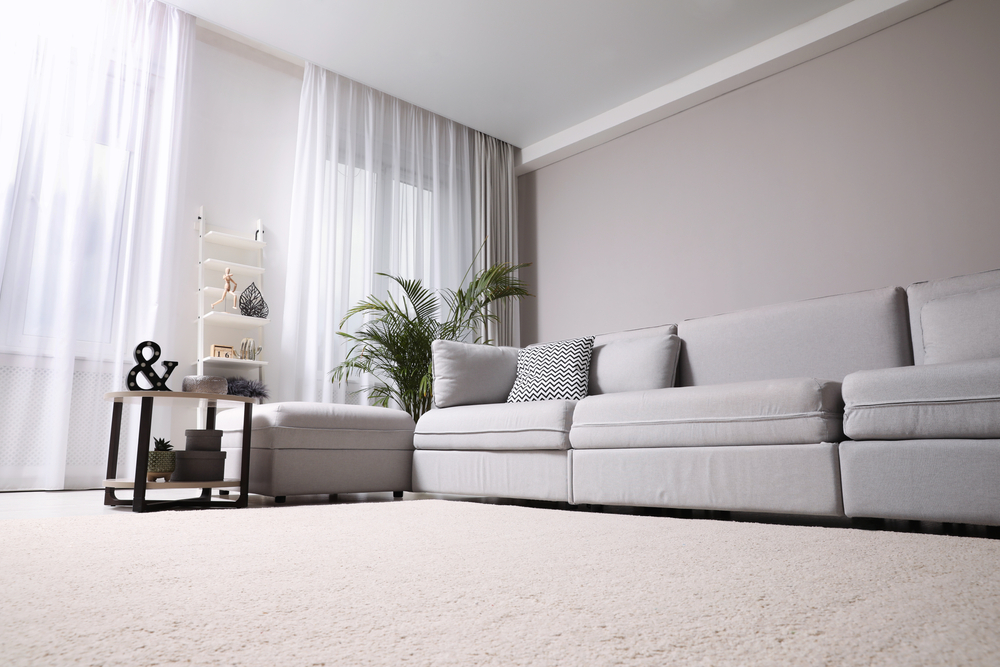
Wall-to-wall carpeting can be a divisive feature, with some people loving its warmth and others preferring the sleekness of hardwood or laminate floors. While carpeting might feel cozy underfoot, it can also be difficult to maintain, especially in high-traffic areas prone to staining. People with allergies might also prefer alternatives like wood or tile, which are easier to keep dust-free. Carpeting throughout the home can make it feel dated, and it often doesn’t wear well over time. Instead, consider using it sparingly, perhaps in bedrooms where comfort is key.
If you do love carpet, opt for high-quality materials and neutral colors that won’t easily show dirt. This way, you maintain a clean look that appeals to a broader range of buyers. Hardwood or tile can be accented with area rugs to provide warmth without fully committing to carpet. This approach allows for flexibility and ease of cleaning, which many future homeowners will appreciate. Remember, flooring sets the foundation for your home’s aesthetic and functionality.
7. High-Maintenance Landscaping
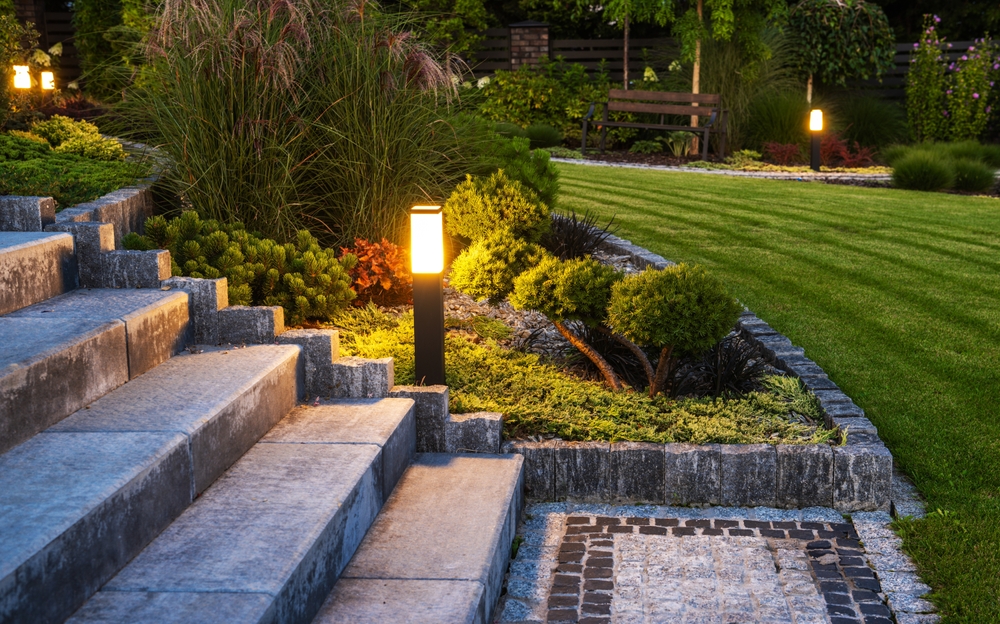
A beautifully landscaped yard can be a stunning feature, but it can also become a burden if it requires too much upkeep. Extensive gardens, intricate topiary, or exotic plants may look impressive but can be labor-intensive and costly to maintain. According to landscape architect John Greenlee, home buyers often view high-maintenance yards as a potential hassle rather than a selling point. Simple, low-maintenance landscaping that provides curb appeal without demanding constant attention is often preferable. Consider native plants and efficient irrigation systems to keep it sustainable.
A yard should enhance the home, not dominate your free time or budget. You might love the idea of a lush paradise, but it’s essential to consider how much time and effort you or future buyers are willing to invest in its upkeep. Instead of elaborate designs, opt for functional spaces like a small patio or a grassy area where families can relax or children can play. These options offer both beauty and practicality, making them attractive to a wide range of people. A well-planned yard should feel like a natural extension of your home, not a separate project.
8. Over-the-Top Luxury Features

Luxury features can sound appealing, but they might not yield the return on investment you’d expect. Features like wine cellars, home theaters, or indoor gyms could seem like excellent additions if you use them frequently. However, these specialized spaces often require significant upfront costs and ongoing maintenance that might not be appealing to future buyers. It’s crucial to consider how universally appealing these features are before committing to them. Many people prefer practical spaces that they can customize to their own needs.
When it comes to luxury features, moderation is key. A small wine fridge can be just as effective as a full cellar without monopolizing a room. Likewise, a versatile media room can double as a family room, providing flexibility for you and future homeowners. It’s all about finding a balance between luxury and practicality to ensure your home remains attractive to a broad audience. Thoughtful design and multifunctional spaces add more value than features that cater to niche interests.
9. Installing A Pool
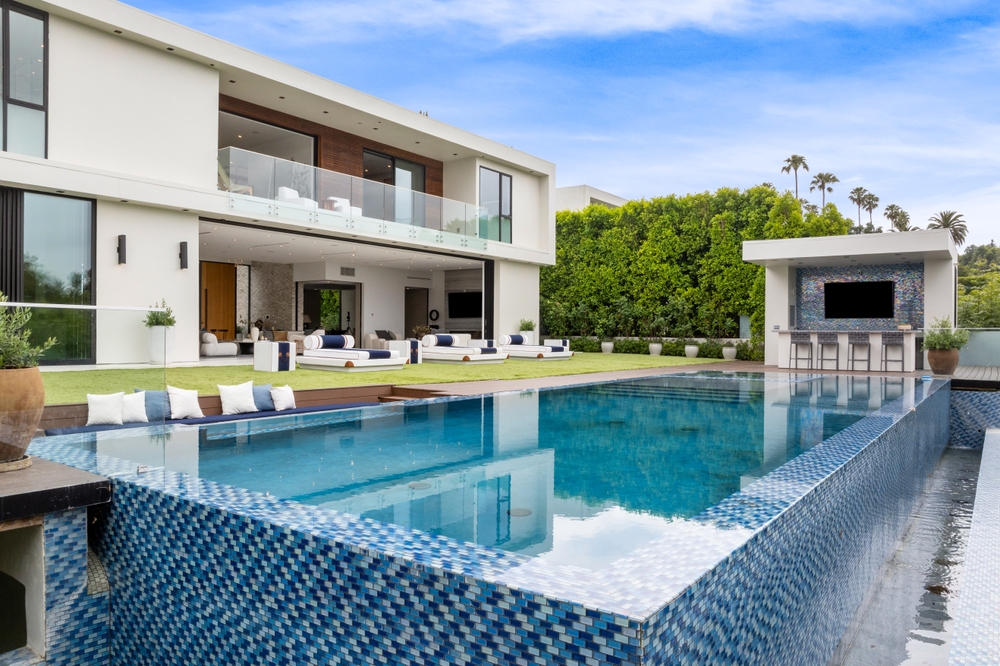
A pool might seem like an ultimate luxury, especially if you live in a warm climate, but it can be more trouble than it’s worth. The expense of installing and maintaining a pool can be significant, and not every potential buyer will appreciate the added responsibility. Pools also pose safety concerns, particularly for families with young children. They can limit the usability of outdoor spaces, making them less versatile for entertaining or play. It’s wise to weigh the pros and cons carefully before taking the plunge.
Some buyers might view a pool as a wonderful feature, while others could see it as a costly headache. Factors like insurance, maintenance, and seasonal usability are essential considerations. A pool might be a dream for you, but for others, it could be a deterrent. If you do decide on a pool, ensure it’s well-designed and doesn’t dominate the entire yard. A balanced outdoor space that includes both a pool and areas for other activities will appeal to the widest range of buyers.
10. Trendy Fixtures
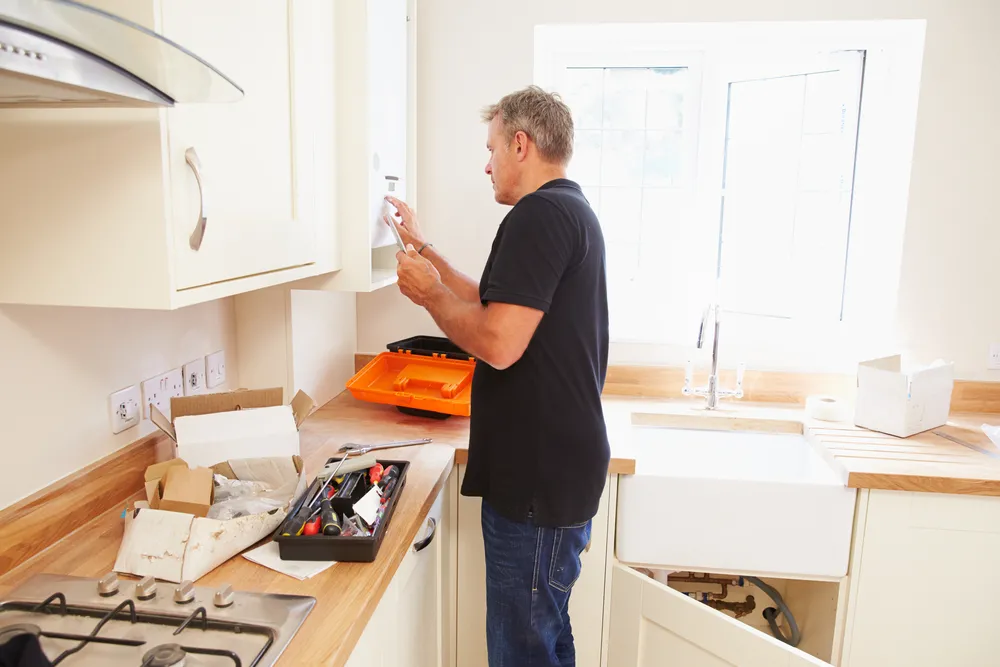
It can be tempting to follow the latest trends in home design, including fixtures and hardware, but this can quickly become a trap. What’s trendy now might feel outdated in just a few years, leaving your home looking stuck in the past. Lighting fixtures, faucets, and door handles should ideally be timeless to ensure they remain appealing as styles evolve. People often prefer to see themselves in a home, and overly trendy designs can alienate potential buyers. Choose fixtures that offer a classic look and are easy to update if needed.
When selecting fixtures, it’s best to prioritize quality and simplicity. High-quality, understated designs can elevate your space without overwhelming it. Remember that flashy or unusual fixtures can be a distraction rather than an enhancement. A cohesive look with subtle, elegant details can provide continuity throughout your home. This approach allows you to create a backdrop where future homeowners can imagine incorporating their own style.
11. Open Concept

Open-concept layouts have been popular for years, but they’re not always the best choice for every home. Removing walls can lead to spaces that feel too exposed or lacking in privacy, which might not suit everyone’s lifestyle. It can be challenging to balance openness with coziness, and too much open space can make a home feel less inviting. People often seek defined areas for different activities, and an open concept can sometimes make this difficult. It’s essential to maintain a sense of flow without losing the function of distinct rooms.
Before knocking down walls, consider how you and future buyers will use the space. Open concepts can work beautifully if designed thoughtfully, allowing for natural light and interaction. However, it’s crucial to keep some level of separation to ensure comfort and practicality. Partial walls, archways, or strategic furniture placement can help define spaces while maintaining an open feel. Striking the right balance between openness and functionality is key to preserving and enhancing your home’s value.
12. DIY Gone Wrong
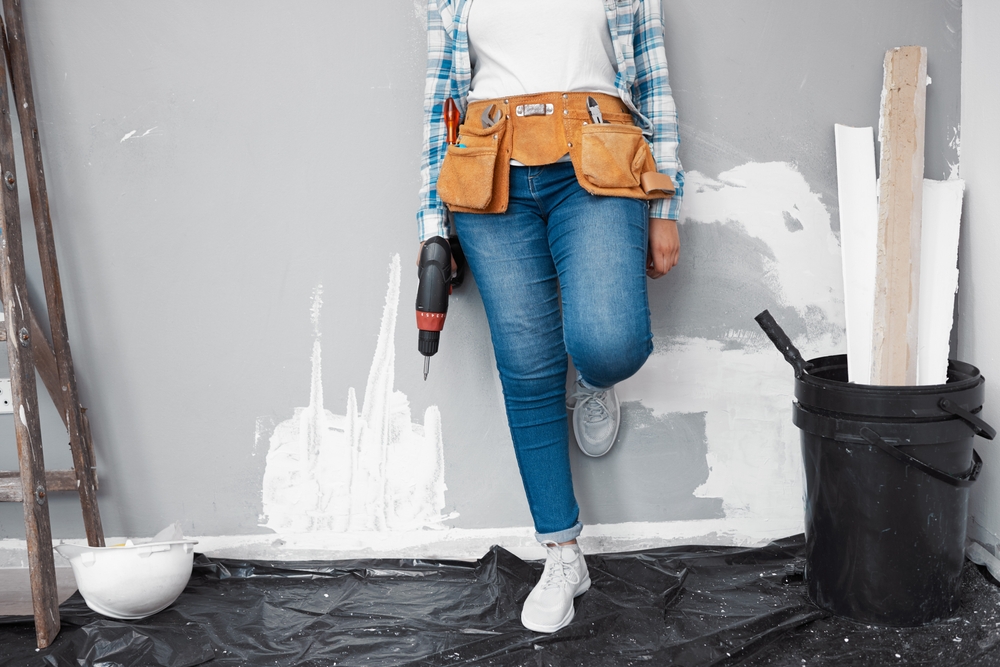
There’s nothing wrong with tackling DIY projects to refresh your space, but it’s important to recognize when a task might be beyond your skill level. Poorly executed DIY renovations can be more of a hindrance than a help when it comes to selling your home. People are willing to pay for quality, and shoddy workmanship can significantly detract from a home’s overall appeal. It’s essential to approach DIY with a realistic understanding of your abilities and limitations. Knowing when to call in a professional can save time, money, and stress in the long run.
Buyers can often spot amateur renovations, and these can raise red flags about the overall condition and safety of the home. Projects like electrical work, plumbing, or structural changes should always be handled by experts. It’s better to have a smaller scope of work done well than to attempt a large-scale DIY that falls short. Careful planning and execution are crucial to maintaining and increasing your home’s value. Remember, quality always trumps quantity when it comes to renovations.
13. Neglecting Energy Efficiency
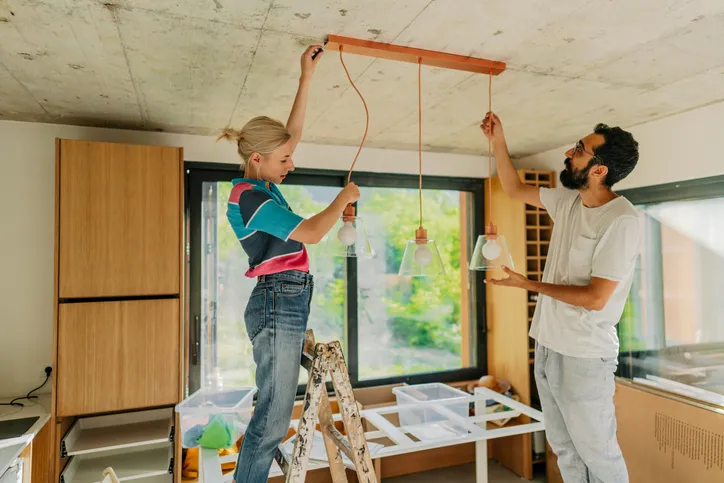
In today’s environmentally conscious world, energy efficiency is a critical factor for many homebuyers. Ignoring the potential for energy-efficient upgrades can be a missed opportunity to improve your home’s appeal and value. Simple changes like adding insulation, installing energy-efficient windows, or upgrading to Energy Star-rated appliances can make a big difference. These updates not only lower utility bills but also attract environmentally minded buyers. Energy efficiency is increasingly seen not just as a bonus but as a necessity for modern living.
Failing to address energy efficiency can leave your home feeling outdated and less appealing in a competitive market. Buyers are often willing to pay more for homes that offer sustainable features and the promise of lower long-term costs. It’s a win-win situation: you increase your home’s value while contributing positively to the environment. Even small changes can add up, making your home more comfortable and appealing. Don’t overlook the impact of energy efficiency in your renovation plans, as it plays a crucial role in both current satisfaction and future resale potential.
This article is for informational purposes only and should not be construed as financial advice. Consult a financial professional before making investment or other financial decisions. The author and publisher make no warranties of any kind.








